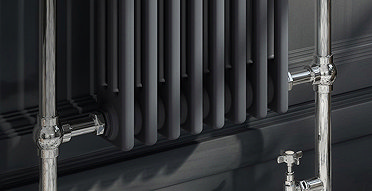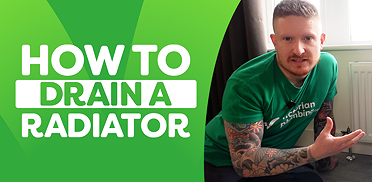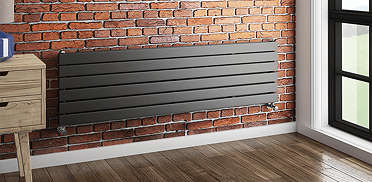EXTRA 10% OFF TAPS WITH CODE: TAPS10
Free delivery on orders over £499*
Choosing the Right Flooring for Your Underfloor Heating
Choosing the Right Flooring for Your Underfloor Heating
If you’re thinking of installing underfloor heating in your bathroom, or anywhere else in your home for that matter, we’ll examine the different systems available and show you which flooring is compatible.
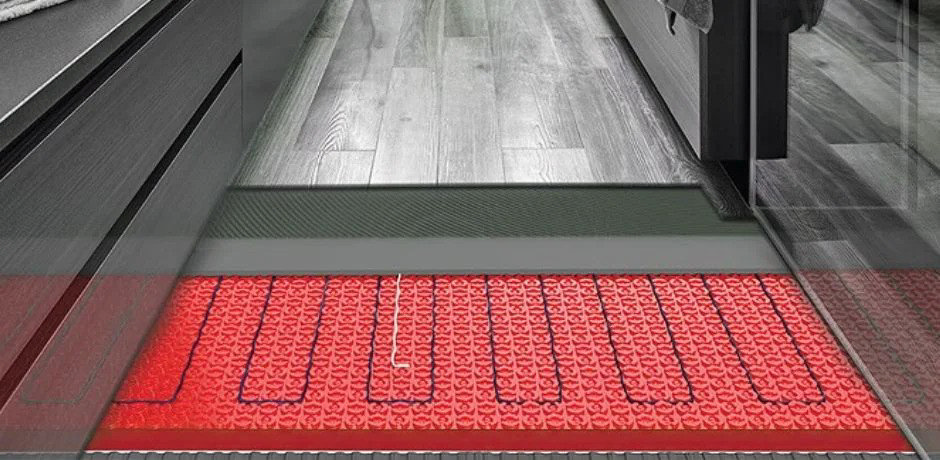
Underfloor heating has become an increasingly popular choice for homeowners right across the UK. Not only is it energy efficient, but it also frees up more space, is easy to install and requires little-to-no maintenance at all.
Below we explain the best types of floor material to use with underfloor heating so you can make the best choice for your home.
What types of underfloor heating are available?
There are 2 types of underfloor heating commonly used in domestic and commercial properties. These are hydronic (hot water) and electric (dry) systems.
Hydronic Systems
Hydronic systems rely on the use of warm water, working in a similar way to standard central heating systems. The water is sent through small pipes that are installed in the subfloor, before being covered with a special heat-conducting screed. Once this warms up the heat is then efficiently retained.
Compared to radiators, hydronic systems can offer up to as much as 30% more energy efficiency due to the lower temperature of the water used. They also work well in conjunction with radiators, allowing you to install underfloor heating in some rooms and radiators in others.
One downside to be aware of is that hydronic systems can take longer to heat up as it has to travel through the subfloor screed. The same is also true when it comes to cooling down, which means it may take a while to find the right temperature balance for the space.
Electric Systems
On the other hand, traditional electric systems are made up of cables that are laid under flooring and cement. Modern versions do not have to be installed in the subfloor and can be positioned in a similar way to carpet underlay, as they are spread onto an insulated board across the existing floor, before being connected to the power supply.
Modern electric systems do not require the use of screed and, if preferred, can also be laid under any type of flooring. The lack of screed also means it takes a shorter amount of time for them to heat up.
When considering an electric system, you should bear in mind they can be a bit more expensive to operate than hydronic alternatives and cannot be linked with a general heating system. This also means a separate thermostat and timer will have to be installed.
You can find more about underfloor heating in our underfloor heating buying guide.
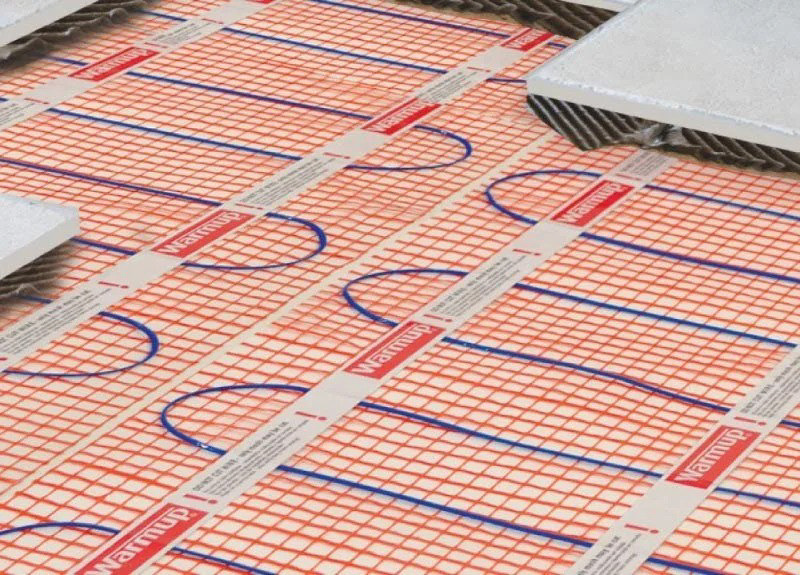
Underfloor heating FAQs
Can I put underfloor heating on top of floorboards?
Underfloor heating can be placed on top of floorboards, or any other type of subfloor you require. In this case, a modern electric system would be best, as it can simply be laid out across the existing floorboards before the new floor surface is installed on top of it.
Can I use underfloor heating with a wooden floor?
Timber flooring remains a popular finish in both period and contemporary homes and is a great material to use with underfloor heating. This applies to both timber and engineered wooden flooring. Timber is a natural material that is able to conduct and retain the warmth produced by the system, which is then radiated into the room.
Compared to other materials, timber will heat up relatively quickly, while also helping to maintain the temperature to maximise energy efficiency. An important rule to remember with underfloor heating used with wooden floors is to avoid raising the temperature too far above 27°C to ensure the integrity of the material remains intact.
Can underfloor heating be used with laminate or vinyl flooring?
The vast majority of laminate flooring systems are fine to use with underfloor heating, although it is always best to check with the manufacturer before you combine the two.
The same principle applies to vinyl flooring, although a general rule to follow is to not let the temperature exceed 27°C—meaning they are best used for internal areas of the home and not conservatories where heat loss can be much higher.
If using laminate or vinyl flooring, make sure the material is laid as close as possible to the subfloor. Any gaps that are left between the layers could lead to the floor drying out. A thin underlay is ideal for this as it offers more flexibility.
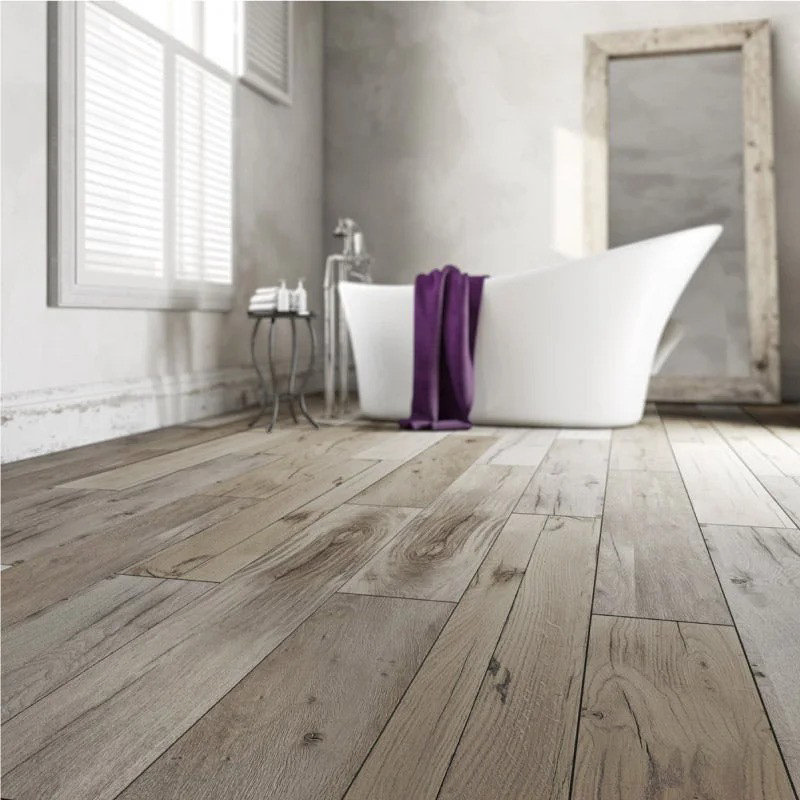
How thick should the timber flooring be?
The thicker the timber, the longer it will take to heat up, so it is recommended that the thickness should not exceed 18mm.
It should also be noted that the ratio of thickness to width should be somewhere between 7 to 11, as wider boards tend to have more movement compared to narrow boards. For example, a timber board with a thickness of 17mm and a width of 170mm would have a ratio of 10, which would be just the right amount.
Can I tile over underfloor heating?
The simple answer to this question is yes, although similar to timber, the thickness of the material will have a big impact on how efficiently the system can heat the room.
Your choice will usually be between porcelain tiles and ceramic tiles, which are both great conductors of heat that will easily disperse the warmth across the room.
If you are installing a new floor, or building a new home, then an underfloor heating system can easily be installed. An electric version is probably the best option, as the mats can be laid directly underneath the tiling, ensuring the heat reaches the surface at a consistent level.
Before laying any type of tiled finish on top of an underfloor heating system, be sure to install an uncoupling membrane and a high quality flexible adhesive. This will serve to prevent concentration cracks from gradually making their way through to the surface of the floor covering.
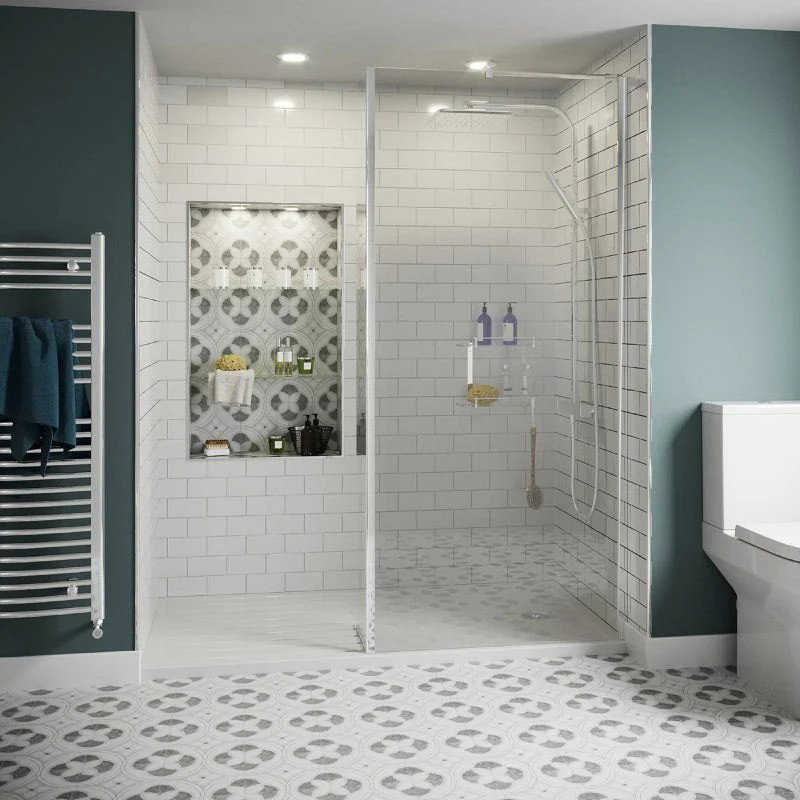
Can I use carpet with underfloor heating?
Many people still prefer the look, feel and style that carpeting offers, especially in bedrooms, living rooms and walkthrough areas (hallways/corridors) of the home. Even though carpet is a fantastic insulator of heat, it will also perform well with an underfloor heating system.
The main thing to be aware of is that the tog value of the carpet and underlay should not be higher than 2.5. The tog value is an indicator of the carpet’s insulation properties and is information that will provided to you when purchasing a new one. The higher the tog value, the longer it will take for the floor to heat up.
Which is the best underlay for underfloor heating?
Underlay plays a key role beneath any floor, although the cushion-like appearance of traditional carpet underlay is not the best style to choose for an underfloor heating system. This is because it is designed to insulate and protect heat, rather than helping to conduct it.
The ideal type of underlay for underfloor heating is a thinner product that also has a lower tog rating. Which type of underlay you need to use will also depend on the surface material being used to cover the floor.
- Timber/Engineered wood: A product that has a low tog rating is ideal as its thermal conductivity levels will be high.
- Carpet: Similar to the carpet itself, go for an underlay with a low tog rating so it does not block too much of the heat transfer.
- Laminate/Vinyl: Choose a thin underlay that will ensure there are no gaps between the subfloor and the heating system.
Benefits of underfloor heating
If you are thinking of installing underfloor heating in your home, here are some of main benefits you’ll be able to enjoy.
Energy efficiency
Traditional radiators typically have to reach quite a high temperature (65-75 degrees Celsius) to maintain heat within a room. Underfloor heating can do the same at a much lower rate of around 29 degrees Celsius, or even less, depending on the floor type. This uses less energy and lowers energy bills.
Low maintenance
Underfloor heating comes with a lifetime guarantee and no maintenance requirements. Once installed you simply control the temperature as you need and the system does the rest by heating up your home.
More space
With no more need for radiators in the home, it allows more creative freedom when it comes to decorating and designing individual rooms. Radiators restrict where objects can be positioned, but without them in place you can maximise the space available to you.
Easy to install
When done as part of a new build or renovation, the installation of an underfloor heating system is straightforward. Modern systems can simply be rolled out and laid flat in position, before the floor covering is put in place, making it easy to plan and carry out once you reach that stage of the project.
The best flooring type to use with underfloor heating: A summary
Underfloor heating is adaptable enough to be used with almost any type of flooring and definitely with the most common types discussed in this blog.
When choosing a system for wooden flooring, be sure to take into consideration the thickness of the wood and the size ratio, so you get the most out of the system. Also be aware that the temperature should stay at around a maximum of 27°C. Underfloor heating can also be placed on top of floorboards, if they are being used as a new subfloor.
Vinyl or laminate flooring also works well with underfloor heating, although check with the manufacturer before you purchase to make sure it is fully compatible.
Carpet is a common choice for many homes featuring underfloor heating. Be sure to pick a carpet with a maximum tog of 2.5, so the transfer of heat through the material is not affected.
Tiles also work well with underfloor heating - in fact, manufacturers say this may be the best material to use with the system due to their high levels of heat conductivity. They warm up very quickly and retain the heat for longer periods of time.
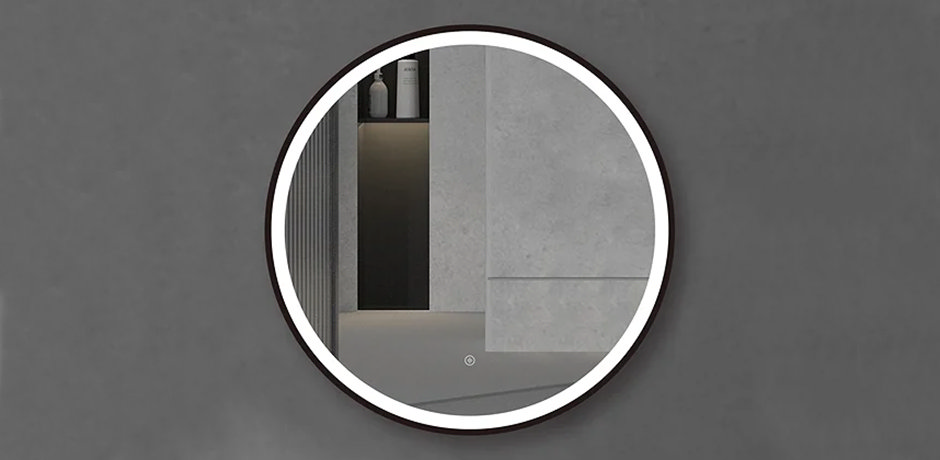
Head to our bathroom advice section and you’ll discover loads of expert information on underfloor heating, as well as flooring. Browse our comprehensive underfloor heating range today and discover loads of compatible flooring options, not just for your bathroom but for your kitchen, hallway, dining room and more.

Sarah
Sarah is one of our resident bathroom experts here at Victorian Plumbing. She loves writing helpful bathroom design and DIY articles, as well as detailed buying guides.
